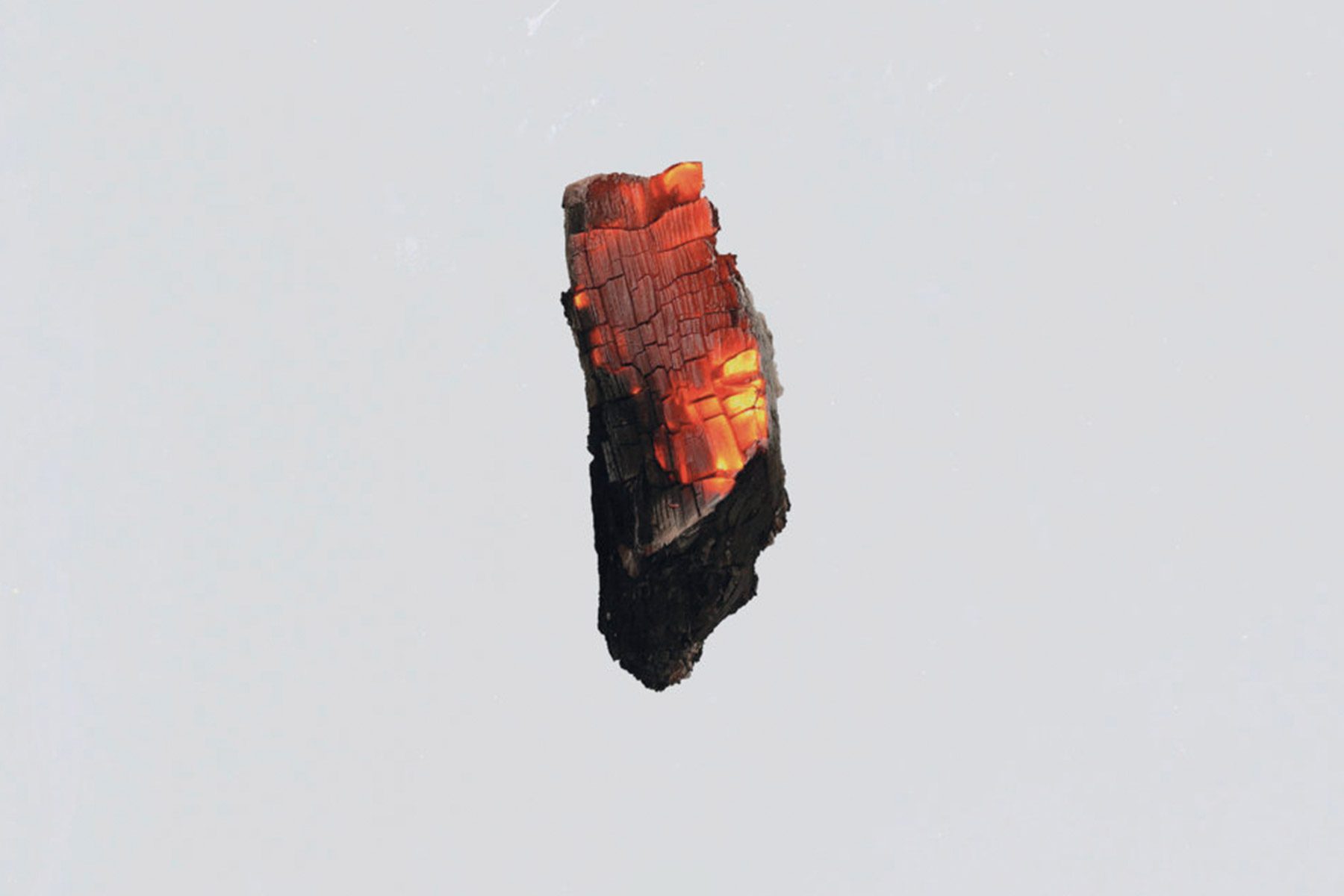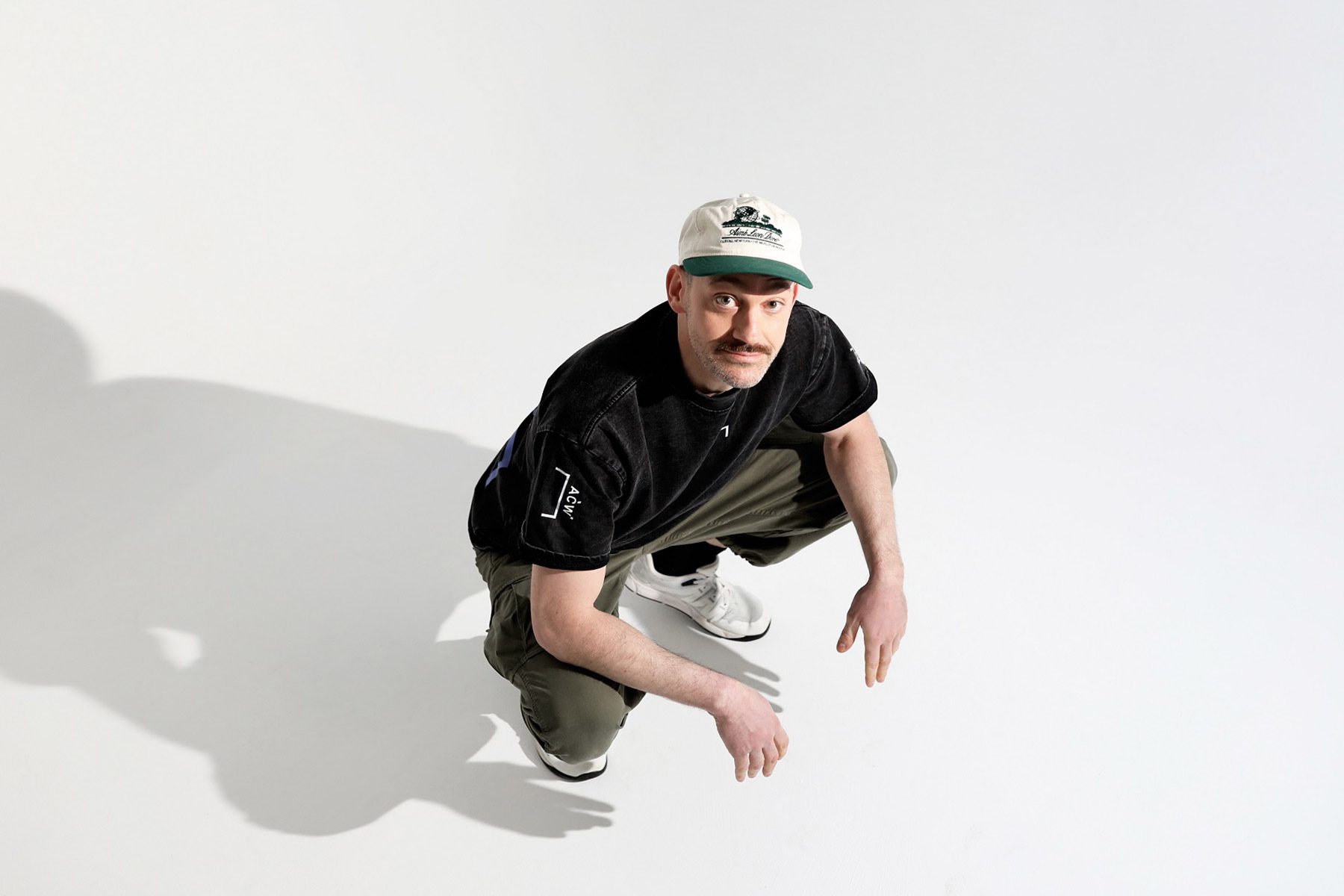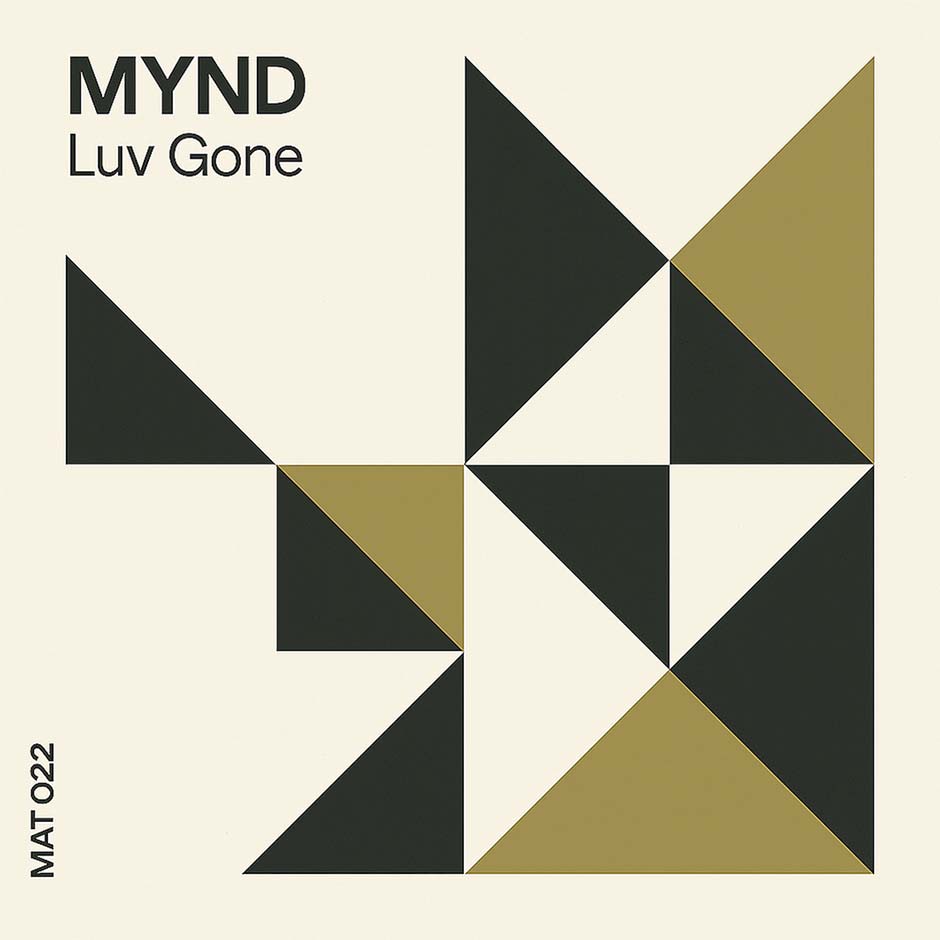If you’re an avid listener of melodic house, the name Valdovinos might ring a bell. With a classically trained background, he found himself drawn to the lusher, multilayered sounds that deep tech and progressive had to offer. He cut his teeth in the Argentine underground at first, eventually joining forces with fellow icon Facundo Mohrr to create their now reputable label, ‘Kermesse’. It wouldn’t be long before he made his global presence, wowing fans with records like his and Mohrr’s ‘Random Walks’ on Balance, or his Kindisch debut with ‘My Heart’ and taking up a residency on top digital radio station Frisky that he continues today.
Another figurehead in the melodic space has also had his eye on Valdovinos: Lee Burridge. Following several collaborative tracks on All Day I Dream, the time came for the label boss to ask him to submit an EP of his own for the label. The resulting ‘Grizzly’ is an amalgamation of all things great about the producer—highly melodic and sentimental arrangement, ethereal instrumentation, and anchoring basslines that maintain a state of trance on the dancefloor. On the note of arrangement, one of the key elements in most of his productions is chord progression; after all, the most impact in a melodic house tune comes from the artist’s choice of chords, and how they’re placed within. We had the burgeoning talent shed some light on best practices for arrangement, and how a bit of theory knowledge can make a difference.
“Most of my music is based on a harmonic progression of 2, 3, or 4 chords (sometimes more). I usually start my tracks with only a kick and a shaker, and when I have that I add a piano and the rest” – Valdovinos
1. Simple is better
Sometimes, I spend entire days searching for the right chords but sometimes I end up using the first thing that comes to my mind and that could be basic chords.
For example ‘Grizzly’ only uses 3 chords (they are very clear with the piano on the drop) D# – G# – A# ( I – IV – V ). That structure is commonly used in music but it can still move us!
2. Don’t stick to the basic
I have done a lot of tracks with two or three basic chords, I – IV o I – V, as mentioned with ‘Grizzly’, but I also like using different scales or alterations. I have an academic formation but I recommend to those who do not have it to research, study, and go beyond their knowledge.
‘Night Whispers’ is in D minor but in the Doric way where the 4th grade is major (in the natural minor scale the 4th note is minor). The chords in the drop are I (m) – V (m) – VII (M) – IV (M).
3. Chord inversion
A resource that I’ve used a lot is the chord inversion. Many times people ask me about some harmonic progressions that I have done and they get surprised when I tell them that it’s the same chord repeated three or four times, but I inverted them (alternating the order of the notes). With the chord inversion I can chain the chords with a regular musical note and for me it is useful for the height register not to expand, if that is not what I want.
In ‘Grizzly’, chords we can find D# (D# – F# – A#) and then inverted G# ( D# – G# – B).
4. Duplicate or add notes
When I have chords and I want them to have a little more body, I double the lowest note one octave lower. If I want it to stand out or be brighter in the mix, I double the last note one octave higher. That is what I’ve done with the chords of the four tracks.
Another thing I do a lot with triad chords is to add the 7th, 9th, and 10th, looking to create a more interesting chord, with another color.
5. Spend time on it
For me it is essential to spend the right time on every particular thing. As I said before many times, harmonic progressions come easily to me but sometimes I feel the need to go a little further. When this happens I can spend days or even weeks searching for the chord that I need. It’s important to spend the right time to do things the way we want and never give up when you fail.











